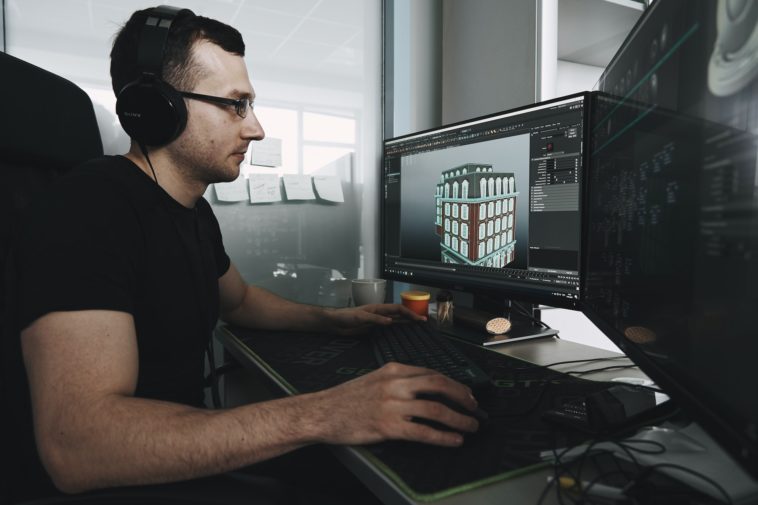A 3D artist is responsible for crafting three-dimensional models that depict objects, settings, and sometimes characters. Their work is critical in producing visuals that are not just impressive, but also nearly indistinguishable from real-life imagery. These visuals are deployed across a range of sectors including but not limited to advertising and promotional campaigns.
Core Responsibilities
One of the fundamental tasks of a 3D artist is to design 3D models. This involves the use of specialized software tools to develop digital shapes and forms. However, the role extends much further than mere construction. These professionals also apply realistic textures to these models, thereby enhancing their authenticity.
Skill Set
The proficiency of a 3D artist is rooted in their command over a diverse array of skills, which include:
- Technical Skills: Proficiency in 3D modeling software like Autodesk Maya, Blender, or 3ds Max is crucial. Understanding the nuances of each tool helps the artist bring their models to life.
- Artistic Ability: A natural flair for art and design aids in conceptualizing the 3D model. This is often the first step in the process, where ideas are mapped out before transitioning to the digital platform.
- Attention to Detail: Crafting photo-realistic models necessitates a keen eye for detail. From the light that casts shadows to the texture that gives an object its feel, every minutiae must be considered.
- Understanding of Lighting and Materials: A deep-rooted understanding of how light interacts with different materials is vital. This is where the artist mimics how light reflects, refracts, or gets absorbed by various surfaces to make the models look as real as possible.
Sectors Where 3D Artists Are Employed
Advertising
In the advertising sector, 3D artists generate models and visuals that capture attention. These are commonly used in print, television, and digital campaigns.
Video Games
3D artists create characters, environments, and objects that gamers interact with. Their role is vital in enhancing the user experience by making the game environment as immersive as possible.
Architecture
Architects often collaborate with 3D artists to produce virtual models of architectural structures. These models serve not just as a design blueprint but also as a way to identify potential issues before construction begins.
Medical Visualization
In the medical field, 3D artists help create accurate representations of the human anatomy, which are used for educational purposes or to plan surgeries.
Software Tools Used by 3D Artists
The software landscape for 3D artists is vast, with tools catering to various needs and specializations. Some of the industry-standard software include:
- Autodesk Maya: Used mainly for creating 3D animations, models, and visual effects.
- Blender: An open-source tool that supports all facets of 3D production.
- 3ds Max: Known for its robust set of tools for 3D modeling, it is primarily used in the creation of video games and architectural visualization.
Conclusion
A 3D artist plays an indispensable role in multiple industries, using a combination of technical proficiency and artistic talent to create visually arresting and realistic three-dimensional models. These models serve various purposes, including but not limited to, marketing, gaming, and architectural planning. Given the complex nature of this role, a 3D artist must possess both a deep understanding of the software tools at their disposal and an innate artistic ability.





